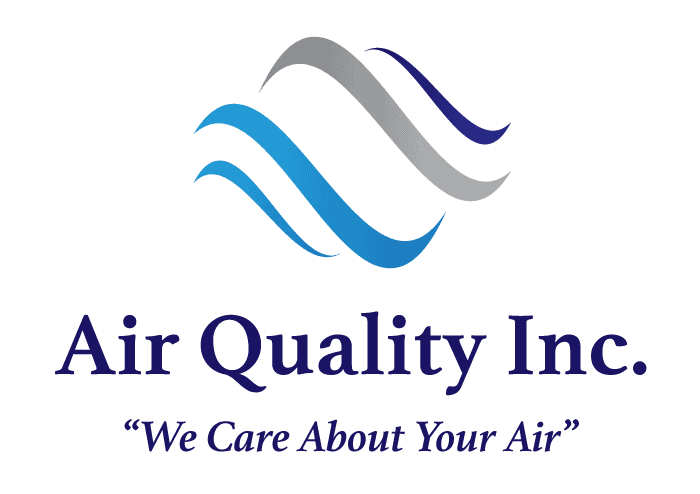As the rate of at-home remote jobs increases, this generation tends to spend more time indoors. So naturally, this can lead many people to be concerned about the air quality inside their homes with the threat of chemical emissions all around us.
However, the benefits of plants don’t stop at just making our homes look beautiful and homey. One famous NASA experiment, published in 1989, found that indoor plants remove many indoor pollutants and gases affecting the health of our families and house pets.
Below is a list of 5 more plants that remove indoor toxins.
Areca Palm
The Areca palm removed more toluene and xylene than any other plant. Toluene is one of the notorious ‘toxic trio’ (that also includes formaldehyde and dibutyl phthalate) known to be hazardous to human health.
The care of areca palms indoors isn’t complex. First, water them often enough to keep the soil lightly moist in spring and summer and allow the soil to dry slightly between waterings in fall and winter.
Bamboo Palm
The bamboo palm is another plant that scored very high in its ability to remove formaldehyde from the air. This plant also effectively removed benzene and trichloroethylene.
Bamboo palms are the perfect tropical plant for medium to low-light conditions. The soil of bamboo palms should be kept evenly moist, but it is always best to under-water rather than overwater. Allow the top of the soil to dry slightly between waterings.
Spider Plant
This plant removes toxins such as formaldehyde, trichloroethylene, benzene, xylene, and toluene. In addition, this plant is best known for decreasing carbon monoxide and nitrogen dioxide levels.
One reason why it’s a houseplant favorite is that it is low maintenance. It thrives best in the medium-to-light shade and moist air. Spider plants like lightly wet but not soggy soil. Overwatering can cause root rot and ultimately kill the plant
Rubber Plant
This plant eliminates carbon monoxide, formaldehyde, trichloroethylene, and more.
Plant care requires bright, indirect sunlight and moderate watering to keep the soil moist, especially in the winter. Prune the leaves and wipe them down to keep them looking pretty.
Golden Pothos
It is rated as one of the best household plants for purifying the air and removing toxins, proving its efficacy in removing formaldehyde, benzene, xylene, and toluene. However, if you have pets, be aware that these plants can contain harmful toxins to dogs and cats, so keep them out of the reach of your furry friends.
The Golden Pothos loves medium to low indirect light. Allow the soil to dry out between watering. It enjoys high humidity, so spritz it occasionally or place it on top of a pebble tray filled with water to create humidity.
Not only do plants eliminate air pollutants, but studies show they boost moods, increase creativity, and reduce stress – making for a healthier, happier you.
To find out which toxins are looming in your home and find the best air purifying solution contact Air Quality Inc. to find one of our Virginia offices closest to you.




